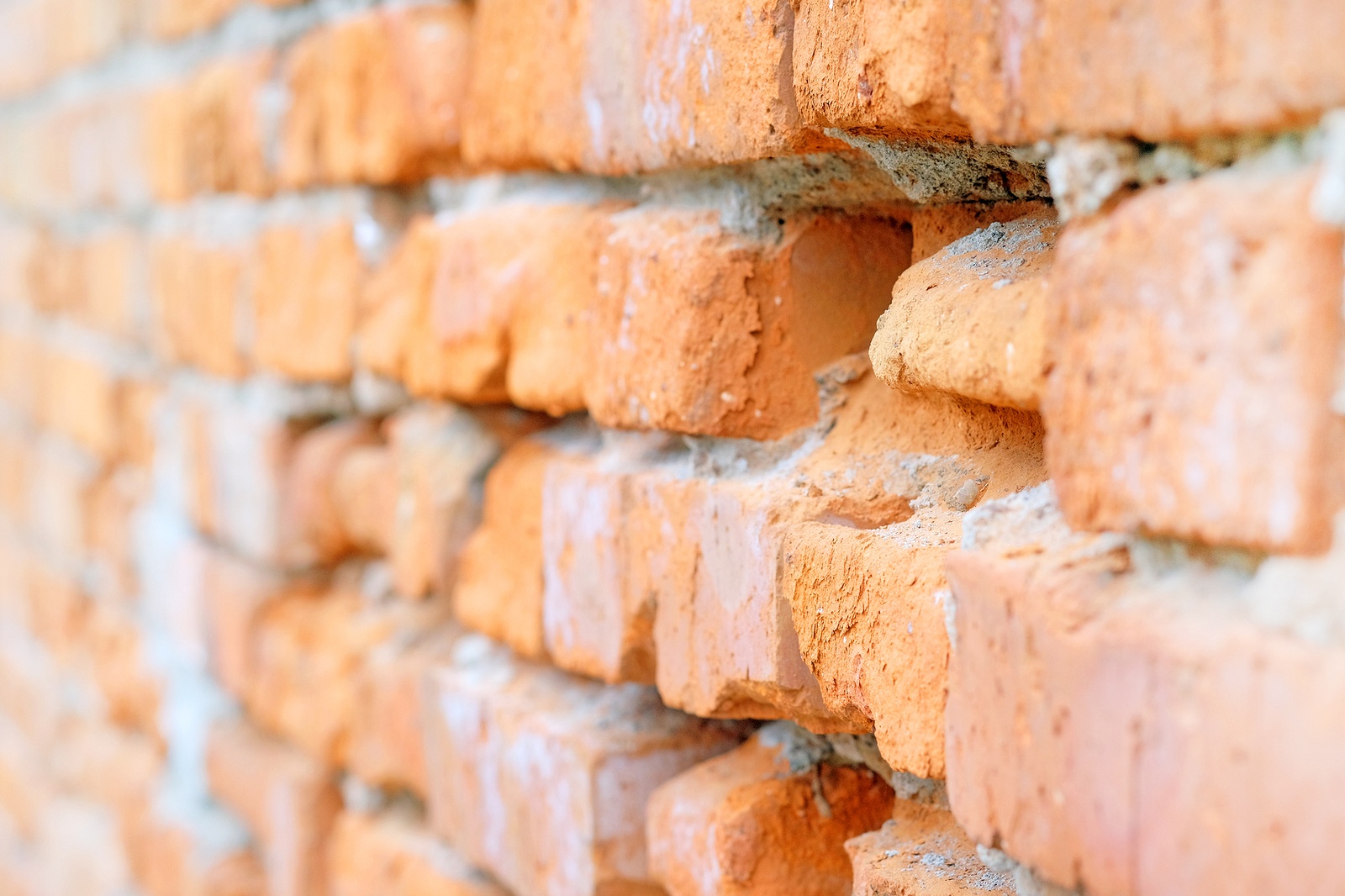Owners of old brick houses in Washington DC’s historic neighborhoods might notice a crumbling or flaking of the surface of their brickwork. This form of deterioration, known as spalling, usually results from some form of water damage. If your old home is brick and you're not familiar with spalling, here's what you should know.
Four common sources of this damage include:
- Torrential rain water hitting the wall surface directly
- Spills from gutters and roof surfaces
- Sandblasting, pressure washing or chemical cleaning of the masonry
- Use of non-breathable wall sealers
Deterioration From Freezing Water
The most severe water damage is associated with freeze-thaw cycles. During cold weather, liquid water at or near the wall surface will not evaporate but will freeze. Freezing water will damage the brick or concrete since water expands during freezing. A portion of the surface will be broken away (spalled) by the freezing action. As the outside surface is removed, or water gets behind it through the mortar joints, for example, this masonry may deteriorate quickly. Repeated freeze-thaw cycles increase the extent of spalling brick.
Techniques for Cleaning Brick
Pressure cleaning is a technique that damages the masonry. In removing paint or dirt with either high-pressure water or sand, some of the masonry surface is removed; occasionally much of the mortar is lost. The severity of damage is a function of how intense the blasting is and the strength of the masonry units and mortar. Soft masonry units with a hard crust suffer the most. As a general rule, any cleaning action that involves abrasion should be discouraged.
After cleaning, sometimes the brick is sealed. If the sealant is not permeable - like many of the silicone based materials - it can act like a plastic skin. These materials are used to prevent wind-driven rain from being absorbed into the brick. However, they can, over the long term, cause damage by trapping moisture in the brick. Vapor permeable sealants may be a safer alternative, but these should be used with caution.
Water Damage Repair
The joints between the brick and mortar can allow water penetration. Residential exterior tuckpointing is the recommended technique for water damage remediation. This involves raking or grinding out joints to a depth of three-quarters to one inch and applying new mortar. Tuckpointing should be part of regular maintenance on any masonry wall.
Renaissance Development, a leader in brick restoration and historic preservation, specializes in the restoration of a historic brick building’s mortar joints using traditional methods (tuckpointing) and materials. Contact us for a free site visit and project quote.






